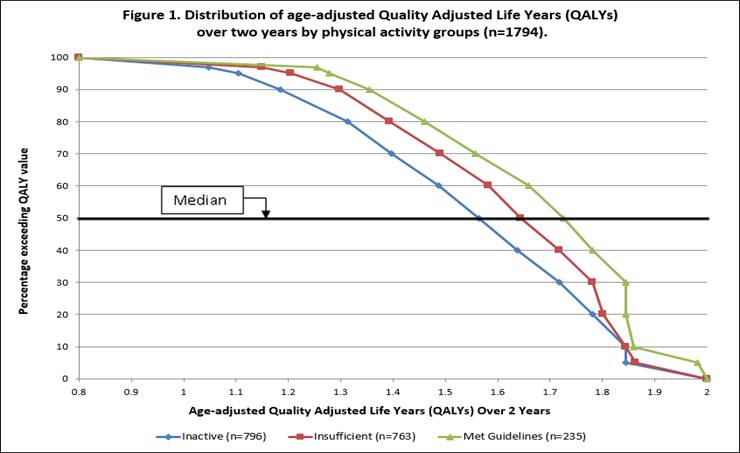Session Information
Session Type: Abstract Submissions (ACR)
Disclosure:
K. Sun,
None;
J. Song,
None;
L. Manheim,
None;
C. K. Kwoh,
None;
R. W. Chang,
None;
P. A. Semanik,
None;
D. D. Dunlop,
None;
C. Eaton,
None.
« Back to 2013 ACR/ARHP Annual Meeting
ACR Meeting Abstracts - https://acrabstracts.org/abstract/relationship-of-meeting-physical-activity-guidelines-and-quality-adjusted-life-years/

